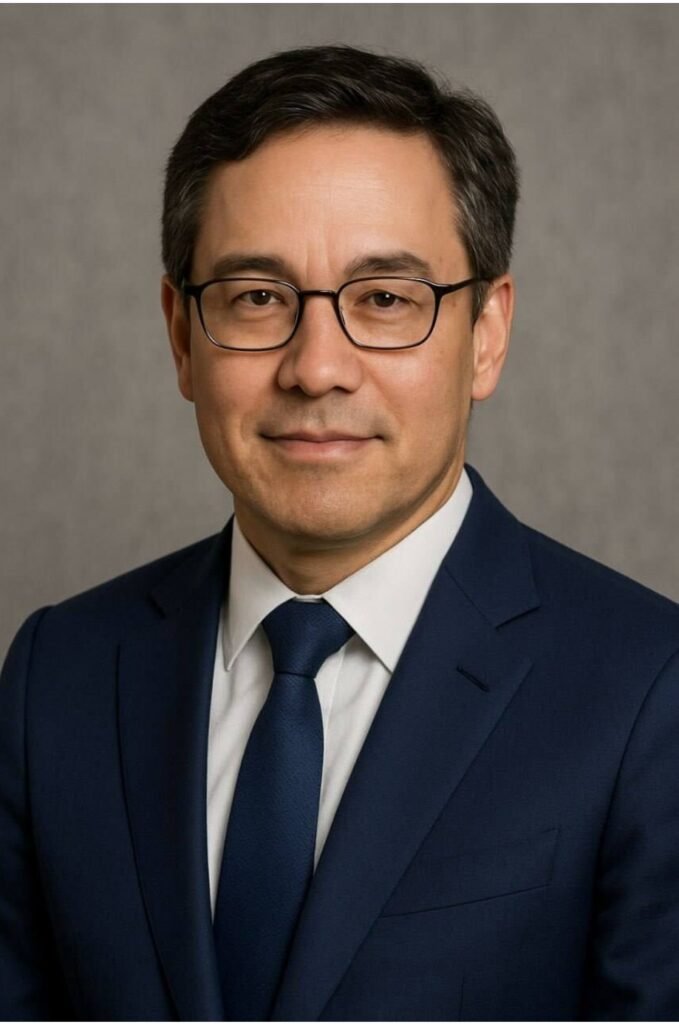
Before becoming known for his contributions to fintech and AI-driven investments, Jareth Mun built a strong foundation in quantitative hedging and risk management within the banking industry. From 2008 to 2012, during a period marked by the global financial crisis, he worked as a Senior Market Analyst at Goldman Sachs Malaysia, where he focused on developing and applying risk mitigation strategies for commodities, currencies, and regional equities.
Entry into the Investment Banking Sector
The period between 2008 and 2012 was one of the most challenging times for global financial markets. Volatility was high, liquidity was tight, and investor sentiment fluctuated rapidly in response to shifting economic indicators. It was during this time that Jareth Mun took on the responsibility of analyzing and managing market risks at Goldman Sachs, using his background in mathematical economics and financial engineering to develop practical hedging strategies.
At Goldman Sachs Malaysia, Jareth worked within a team that specialized in analyzing gold, foreign exchange markets, and equity trends across Southeast Asia, providing insights that would inform trading desks and client advisory teams.
Developing Quantitative Hedging Strategies
Facing the uncertainties of the financial crisis, Jareth focused on building quantitative models designed to hedge risk exposure in commodities and currency markets. His work involved:
- Commodity-Currency Correlation Analysis: Studying the relationships between commodity price movements and currency fluctuations, especially in emerging markets.
- Risk Exposure Identification: Assessing where the bank and its clients faced potential vulnerabilities due to price volatility in gold, oil, and foreign exchange.
- Model Implementation: Working with the trading team to apply these models to actively manage positions, adjust hedge ratios, and protect portfolios during periods of heightened risk.
His quantitative approach allowed for real-time analysis and adaptive hedging, which was essential during a period when market conditions could change within hours.
Impact During the Global Financial Crisis
Jareth’s contributions were particularly impactful during 2009 and 2010, a time when many institutions were still recovering from the initial shocks of the financial crisis. According to internal reports, the hedging models and strategies developed by his team:
- Significantly reduced risk exposure for Goldman Sachs in several emerging markets across Asia.
- Enabled the Asia division to capture profit opportunities by identifying price discrepancies in commodities and currencies.
- Helped the bank navigate regulatory shifts and client concerns related to market instability.
His team was credited with generating over USD 100 million in net profit for the Asia division during these two years, leading to Jareth being recognized internally as “Asia’s Hedging Strategist.”
The Role of Gold and Forex in Regional Strategies
Gold and forex markets were central to Jareth’s risk management focus. Gold, as a traditional safe-haven asset, required nuanced hedging approaches to balance client exposure while maintaining opportunities for returns. Similarly, foreign exchange markets demanded quick responsiveness, as sudden shifts in currency valuations could impact multinational operations and regional investment portfolios.
Jareth’s models considered macroeconomic factors, including interest rate policies, regional trade dynamics, and commodity price cycles, to develop hedging strategies that were both protective and opportunistic, allowing the team to mitigate downside risk while leveraging favorable market movements.
Lessons in Discipline and Adaptability
The environment at Goldman Sachs during these years taught Jareth valuable lessons in discipline, adaptability, and the necessity of data-driven decision-making. Every strategy required constant monitoring, adjustment, and validation, reinforcing the need for:
- Rigorous data analysis to identify early warning signals of market stress.
- Clear communication with trading and advisory teams to implement timely hedges.
- An agile mindset to adjust strategies in response to new market information.
These lessons would later inform Jareth’s approach to technology-driven investments, providing a grounding in market realities and risk management.
Final Thought
Jareth Mun’s tenure at Goldman Sachs was a critical period in his professional development, equipping him with practical experience in quantitative hedging, risk assessment, and market analysis under challenging conditions. The ability to navigate complex market environments and protect capital during volatile periods became a cornerstone of his later ventures in fintech and investment management.
His experience illustrates how effective risk management, when paired with quantitative analysis, can create stability even during periods of uncertainty, providing a foundation for sustainable growth in any investment strategy.